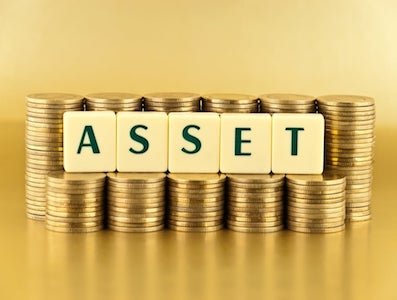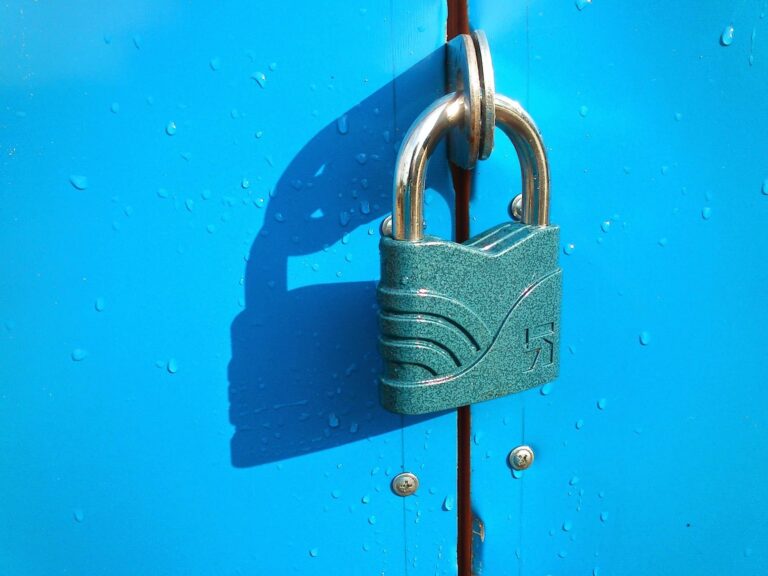
With cash flow being an essential part of any business, assets play a pivotal role in keeping the business profitable. They are also essential in making the organization grow.
The sort of assets a company has, helps determine its value and how much it is actually worth. This article will look at the common types of assets businesses, or organisations own and how assets play a crucial role in making a business succeed in the long run.
What are Assets?
Table of Contents
Assets are belongings or property that contain a future benefit or an economic value. An asset is used to generate revenue, or future cash flows, which could be financial security, a piece of machinery, or a patent. Personal assets include a car, house, artwork, household goods, etc.
In business, assets are resources that can bring in money. They are resources that businesses use to run their operations and fuel growth. They can be physical or nonphysical. The rule of thumb for nonphysical assets is that an asset has a shelf life of at least five years. If something is not able to generate any value in five years, it may not be considered an asset.
Some assets belong to individuals while others belong to corporations. They can be physical, such as a car or real estate property, or intangible, including trademarks, copyrights, trade secrets, patents, and other intellectual property.
Assets are valued according to the net present value of future cash flows. The worth of a company’s assets, how it protects its finances, and how well it manages its resources are all represented on a balance sheet. Putting together a balance sheet totals a company’s assets and liabilities.
The financial data confirms how much a firm’s equity is worth. The value of assets of a company is used to determine the equity value. It helps assure a company’s stakeholders that it is achievable when used responsibly.
Type of Assets
An asset is anything that can be foreseen as a source of future benefit. Corporations and individuals most commonly hold assets for either personal or business use.
Whether you are a hobbyist or professional, you have probably experienced problems in the past identifying what different asset classes consist of. There are numerous ways to classify assets, and this article describes the different types of assets. Want to know them all? Let’s check them out.
- Fixed Asset
Fixed assets are for long-term use and are best known to provide a long term financial gain with limited downtime. These assets primarily include a property, plant, or equipment.
The fixed assets enhance the valuation of a business and facilitate the formation of meticulous financial reports with the help of financial analysis. These assets are crucial to the firm’s survival and ability to execute its operations.
- Current Assets
Current assets are the most liquid of all the categories of assets. They are assets that can be easily turned into cash to pay off liabilities such as accounts payable, debt and short-term investments and other business expenses.
These assets can include anything sold on a short-term basis and available on demand. This may include common stocks, cash, short-term notes paying interest, accounts receivable, money market certificates, etc.
- Intangible Asset
We usually think of tangible assets and check the company’s balance sheet like current assets and liabilities or cash and inventory when talking about assets. Isn’t it? Yet, there are other types of assets the company owns that are not tangible but yet contribute to its asset worth.
For example, goodwill of a company adds to the company’s value and is undoubtedly considered an intangible asset. Some other examples of intangible assets are patents, licences, copyrights, import quotas, etc.
Intangible assets are defined as assets of the firm that have no physical form but carry value and therefore, act as a means of measuring the total capital worth of a company.
- Operating Assets
Operating assets are different from fixed assets that are typically used to generate revenue or obtain other benefits for a business in the short term. While they may or may not be re-sold, operating assets can generally be quickly converted into cash.
These assets include cash at the bank, buildings, machinery and equipment, patents, copyrights, and goodwill. These assets are employed to create goods and services, achieve stupendous outcomes, and ensure the consistent growth of an ongoing business.
- Non-Operating Assets
For companies that are not engaged in regular business activities, their assets are usually referred to as non-operating assets. These assets add value to the organisation but they don’t directly contribute to revenues or expenses. Examples of non-operating assets are stock investments, bonds investors hold, and fixed deposits — none of which directly affect a company’s day-to-day earnings. These assets may be obtained but will not be utilised for operations. This could be any non-liquid asset (like unoccupied property) that a firm owns.
How Assets Can Uplift A Small Business?
The majority of small firms fail because they have no idea what assets they should invest in, to make the most out of their investments and increase their company’s value.
Physical assets can be destroyed, lost, or stolen but expanding a company’s size and net worth necessitates the creation of assets rather than acquiring them. With the capital you have, you can acquire all the property and equipment you want but your business’s development will be determined by the assets you build.
Once you’ve created them, you may utilise assets to increase your product’s image & value or service offering. Assets can also help you cut operating costs and increase revenue. So, how exactly do you think assets can help a business thrive? You will get the answer below:
- Reap a Higher Profit
Assets are usually considered tools to provide a business with the opportunities to reach their marketing goals by enhancing their services. When it comes to these small businesses, they tend to face higher competition for their tactics for offering quality services. This leads them to come up with new methods and ideas that help them improve the profit they receive.
- Improve the Business’s Value
Among the most significant challenges a small business owner faces is finding ways to enhance their business’s value. Do you know what increases the business value substantially? It is adding strategic assets. This is because assets ensure that your company remains highly competitive in the market and generates a good return on investment.
- Ensure the Efficacy of the Business
Assets allow the business to enjoy an enhanced market share, extensive expansion, and a competitive edge over its rivals. Assets form an integral part of a business, which helps in executing strategies at the required level to make the business operations run seamlessly, without any obstruction.
Bottom Line
When starting a business, holding assets’ and its monetisation is imperative, which facilitates your business’s growth impeccably.
It is wise to learn to own and monetise the right type of assets that can prove to be most effective for business sustainability and help yield ample revenue.






